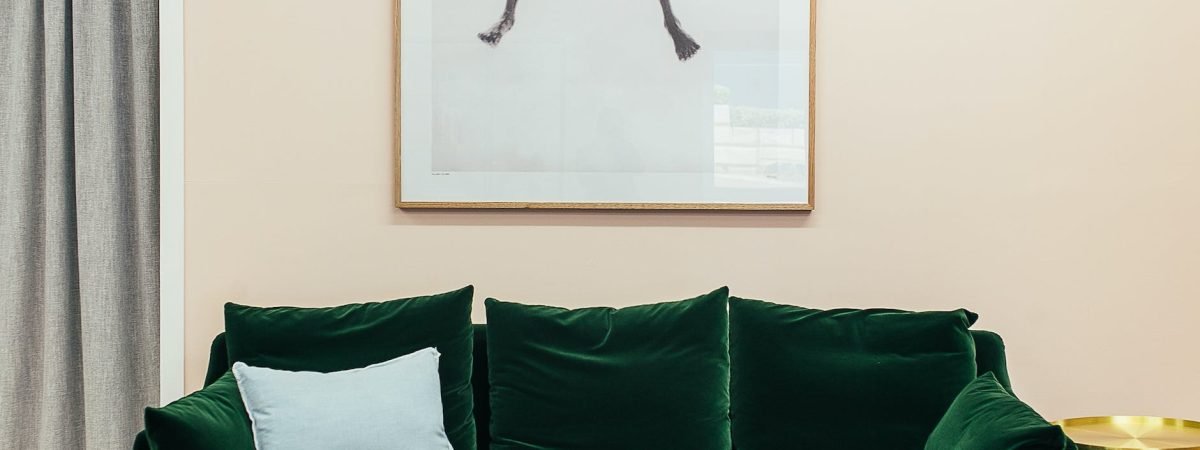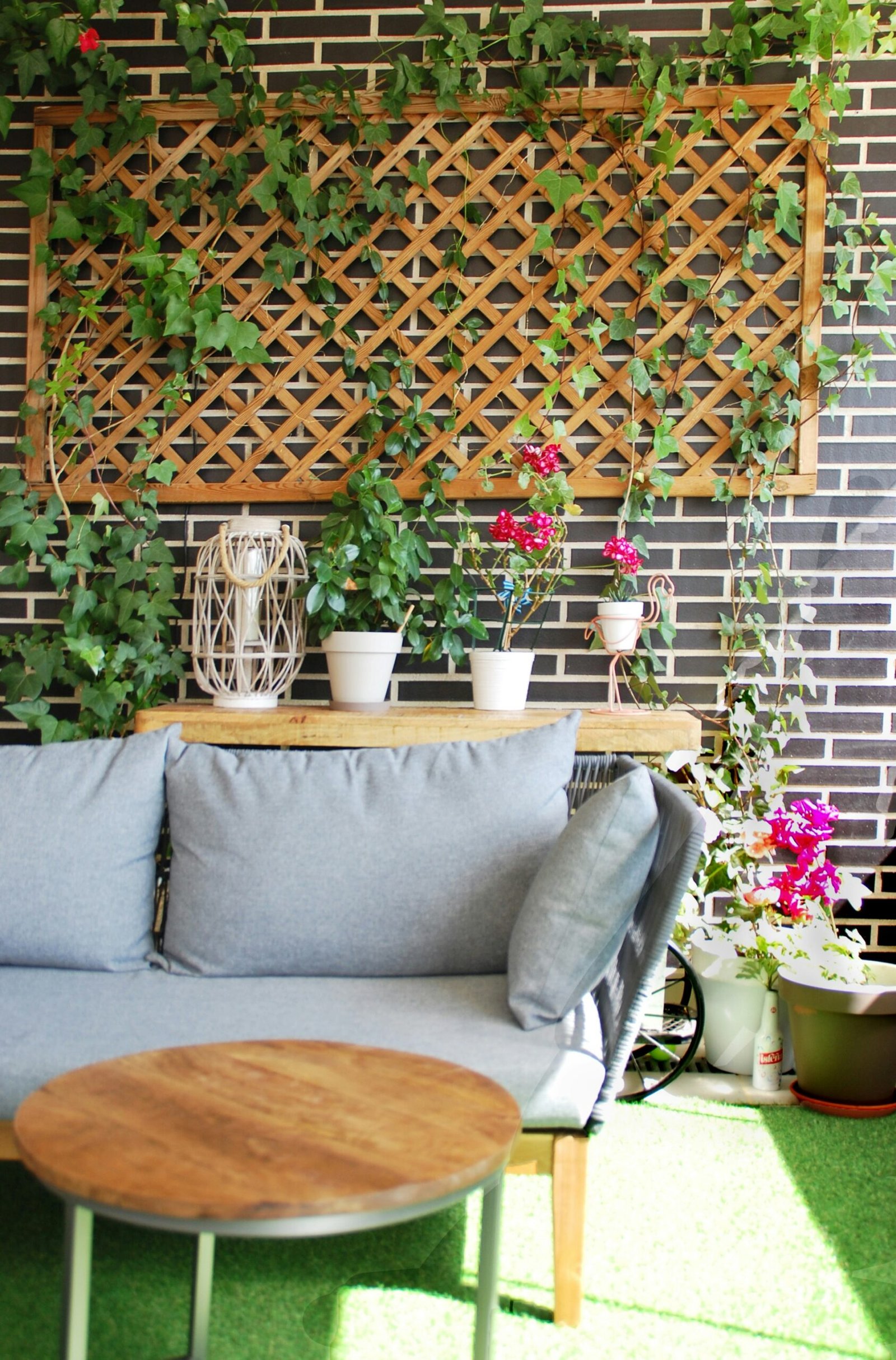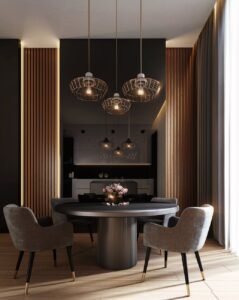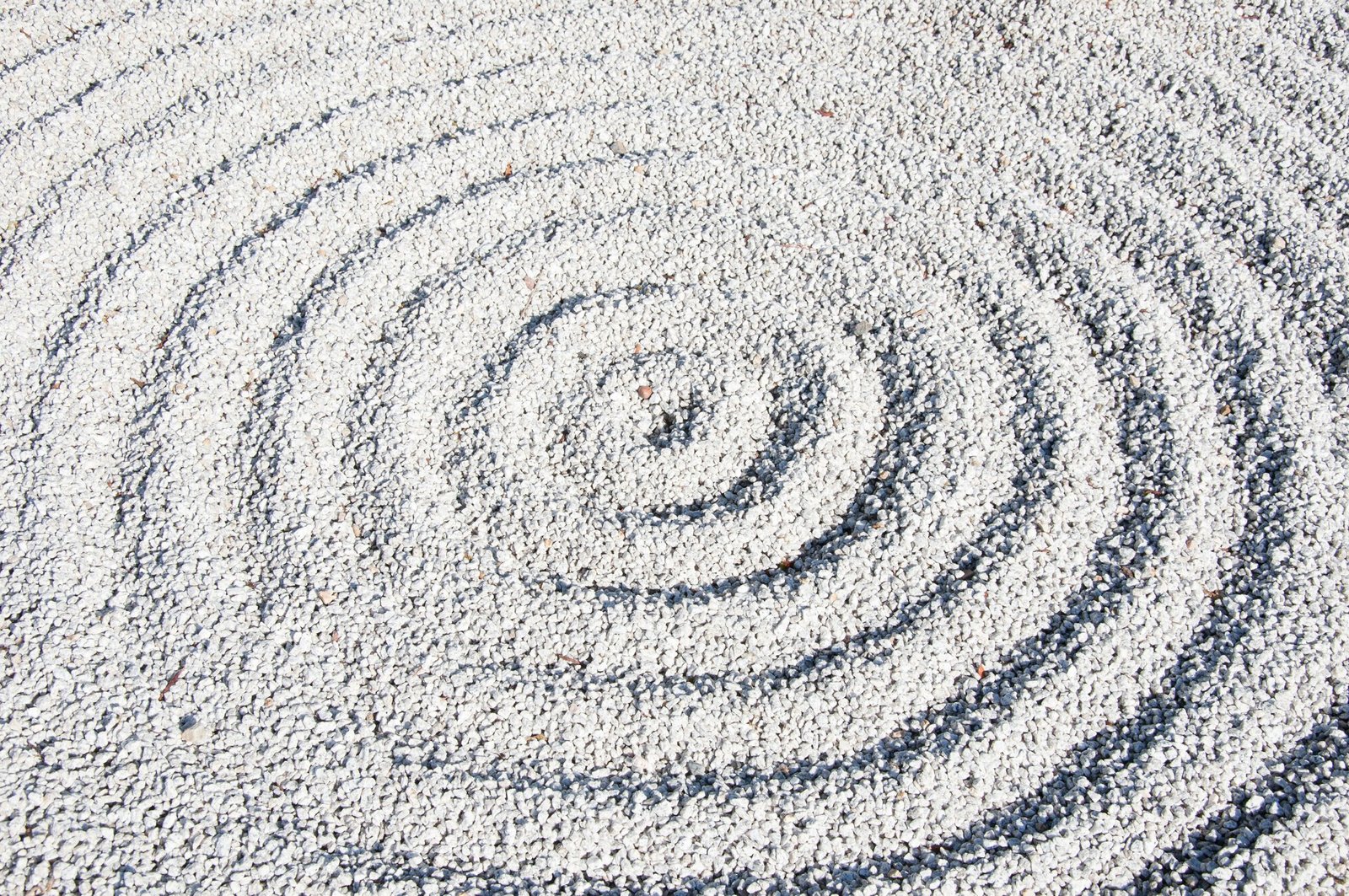The Psychology of Home Design: Creating a Relaxing Space
Our homes are our sanctuaries, the places where we retreat to after a long day, seeking comfort and relaxation. But have you ever wondered why certain spaces make you feel instantly calm and at ease, while others leave you feeling restless and on edge?
Believe it or not, the design and layout of our homes can have a profound impact on our mental and emotional well-being. In fact, there is a whole field of study dedicated to understanding the psychology of home design and how it affects our mood, stress levels, and overall happiness.
The Power of Colors
One of the most important aspects of home design that influences our mood is color. Different colors evoke different emotions and can have a significant impact on our psychological state. For example, cool colors like blue and green are known to promote relaxation and tranquility, making them ideal for bedrooms and living rooms.
On the other hand, warm colors like red and orange can stimulate energy and excitement, making them better suited for areas where socialization and activity occur, such as the kitchen or dining room. Understanding the psychology of colors can help you create a harmonious and balanced space that promotes relaxation and well-being.
The Role of Lighting
Lighting is another crucial element in home design that can greatly affect our mood and well-being. Natural light is known to boost our mood and increase productivity, so it’s important to maximize the amount of natural light in your home. This can be achieved by strategically placing mirrors, using light-colored curtains, and keeping windows unobstructed.
In areas where natural light is limited, such as basements or windowless rooms, it’s essential to invest in good artificial lighting. Soft, warm lighting can create a cozy and inviting atmosphere, while bright, cool lighting can make a space feel more energetic and lively.
The Impact of Clutter
Clutter not only affects the physical appearance of our homes but also has a significant impact on our mental well-being. Studies have shown that living in a cluttered environment can increase stress levels and make it difficult to relax and unwind.
To create a relaxing space, it’s important to declutter and organize your home. Get rid of items you no longer need or use, and find storage solutions to keep your belongings neatly organized. By creating a clean and clutter-free environment, you’ll be able to create a sense of calm and tranquility in your home.
Bringing Nature Indoors
Connecting with nature has been proven to reduce stress and promote a sense of well-being. Incorporating natural elements into your home design can help create a relaxing space. Consider adding indoor plants, natural materials like wood and stone, or even a small indoor water feature.
Plants not only add beauty to your home but also improve air quality and create a calming environment. Natural materials bring a sense of warmth and grounding, while the sound of running water can have a soothing effect on our minds.
Creating a Personal Retreat
Lastly, creating a personal retreat within your home can be a great way to promote relaxation and self-care. Designate a specific area in your home where you can escape from the outside world and focus on your well-being. This could be a cozy reading nook, a meditation corner, or a spa-like bathroom.
Personalize this space with items that bring you joy and make you feel relaxed, such as soft blankets, scented candles, or your favorite books. By having a designated space for relaxation, you’ll be able to easily unwind and recharge.
When it comes to home design, it’s important to consider the psychological impact it can have on our well-being. By understanding the psychology of home design and incorporating elements that promote relaxation and tranquility, you can create a space that truly feels like a sanctuary.















